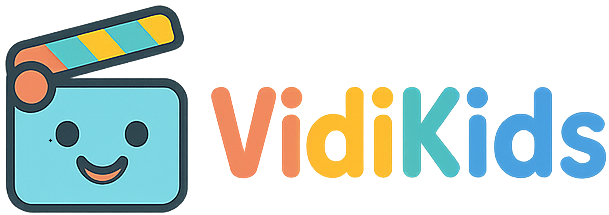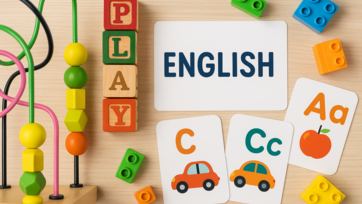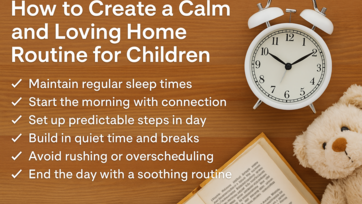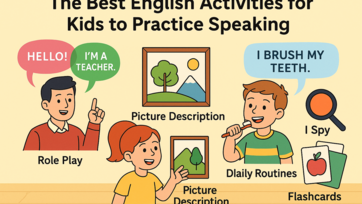When children begin learning English, worksheets and coloring activities are powerful tools. They combine creativity, repetition, and structured learning to build essential language skills. For kids between ages 3 and 8, these engaging activities make learning feel like play, not work.
This article explores effective worksheets and coloring tasks that encourage reading, vocabulary, fine motor control, and speaking. Whether for home or classroom, these resources can be used daily to support a child’s English journey.

Why Worksheets and Coloring Work Together
Worksheets and coloring offer more than busywork—they provide context and structure. Coloring helps children focus and recognize words, while worksheets guide them through matching, tracing, and sentence building. This combination supports multiple learning areas:
-
Vocabulary: associating words with pictures
-
Reading: tracing letters, reading instructions
-
Fine motor skills: controlling pencils and brushes
-
Comprehension: following directions and completing tasks
Studies show that combining coloring with reading tasks boosts comprehension and retention.
Recommended Worksheets and Coloring Activities
1. Read and Color Vocabulary Sheets
These simple pages show sentences like “I see a tree,” along with pictures to color. The child reads the phrase and chooses the correct image.
Benefits: Helps recognise vocabulary and connect text to visuals.
Tip: Choose themes like family (mom, dad), animals, or foods. Start with basic nouns and expand gradually.
2. Color-by-Sight-Word Worksheets
Common sight words (like “can,” “we,” “it”) are hidden in coloring pages. Children color areas based on these words, reinforcing recognition.
Benefits: Builds fundamental reading fluency while making letter-pattern practice fun
Tip: Start with a few words and slowly add more over time.
3. Color and Trace Worksheets
These combine coloring pictures (animals, objects) with tracing letters or words underneath. Great for linking writing and picture.
Benefits: Strengthens handwriting and letter recognition.
Tip: Use colorful crayons and encourage neat tracing.
4. Matching Worksheets for Pets & Animals
Children match animal pictures to scrambled words (e.g. “dog,” “fish”) and color them.
Benefits: Teaches vocabulary and spelling together with coloring fun kidsacademy.mobi+15learningprintable.com+15pendangalxldblearning.z13.web.core.windows.net+15.
Tip: Laminate sheets for repeated use and animal naming practice.
5. Simple Adjective Coloring Activities
Coloring pages feature images labeled with adjectives (big, small, heavy, light). Kids color based on descriptive words.
Benefits: Builds vocabulary and reading comprehension pendangalxldblearning.z13.web.core.windows.net+2lingokids.com+2kidsacademy.mobi+2.
Tip: Discuss adjectives as they color to deepen understanding.
6. Tracing and Connecting Worksheets
Combine hidden-path coloring with word tracing. Children trace letters, connect dots in sequence, and color revealing pictures.
Benefits: Supports motor skills, sequencing, and word recognition.
Tip: Use multi-colored pencils to indicate sequences or parts of words.
7. Activity Packs by Theme
Worksheets often come bundled—for example, “kitchen items,” “fruits and vegetables,” “bathroom vocabulary.” These include matching, coloring, writing, and reading pages teacherspayteachers.com+15lingokids.com+15Keiki website+15.
Benefits: Builds vocabulary clusters naturally.
Tip: Pick a theme each week and reinforce it with discussion and objects.
Tips for Using these Activities Effectively
-
Introduce clearly
Read aloud the instructions or sentence. Say: “Let’s color the cat red. Can you find the word ‘cat’?” -
Encourage speaking
Ask open questions: “What color did you choose for the frog? Why?”
Even brief speech supports language confidence. -
Praise effort, not perfection
Celebrate coloring lines, neat tracing, and reading attempts. -
Mix repetition with novelty
Reuse favorite worksheets weekly. Introduce new themes regularly for variety. -
Convert worksheets into games
Try racing to color all items on the page. Or make matching worksheets into flashcard drills. -
Use at different times
Worksheets suit both calm moments (sit-down reading) and transitions (quiet activity before meals or bedtime).
Choosing the Right Worksheet Level
-
Too easy if the child does it quickly with no mistakes. Add tracing or writing extras.
-
Too hard if they need help with every step. Simplify to single words or fewer images.
Ideal level = manageable with slight adult support but not frustrating.
Where to Find Free Resources
-
Lingokids: printable coloring pages for body, home, clothes, and more learningprintable.com+3Keiki website+3kidsacademy.mobi+3Worksheets Printable+14lingokids.com+14kidsacademy.mobi+14English Created Resources+6kidsacademy.mobi+6Lifewire+6learningprintable.com+2teacherspayteachers.com+2teacherspayteachers.com+2
-
Kids Academy: age-based coloring and vocabulary packs kidsacademy.mobi+2kidsacademy.mobi+2kidsacademy.mobi+2
-
British Council LearnEnglish Kids: themed coloring supporting English learnenglishkids.britishcouncil.org+1studycat.com+1
-
Studycat: packs with matching, tracing, reading & coloring fun Parents+9studycat.com+9Keiki website+9
These resources are free and require no login—ideal for fast access and daily use.
Organization Tips for Parents and Educators
-
Print and file each theme in separate folders—animals, colors, family. Reuse it each semester.
-
Laminate pages or use sheet protectors for dry-erase repetition.
-
Create homework packs combining one coloring and one tracing sheet.
-
Show progress by keeping completed works in a mini-portfolio. Children can revisit and feel proud.
Final Thoughts
Worksheets and coloring pages aren’t just crafts—they’re language-building tools. They reinforce vocabulary, reading fluency, motor skills, and comprehension in a joyful way. By pairing visuals with text and encouraging interaction, these simple activities become everyday learning moments.
For children just starting with English, this approach builds confidence and enjoyment. Whether used at home or in a classroom, printable worksheets offer ready-made, flexible, and fun tools for structured learning. With little prep and plenty of encouragement, you can turn coloring time into learning time—and inspire a lifelong love of English.
; ?>







